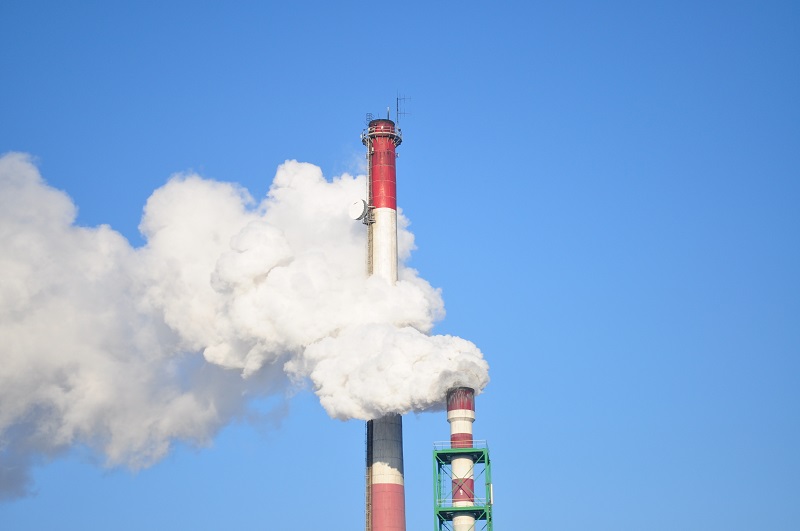Why is it so important to recycle aluminum?
- It saves energy
- It lowers the impacts of mining
- It reduces carbon emissions
- It helps satisfy increasing demand
Aluminum is one of the most widely used material in the world. All grades and aluminum profiles in the Philippines have specific uses and not a single piece is deemed useless. Industries like construction, architecture, aerospace, and aviation make use of it every single day. Us, too, actually. We use aluminum all the time, but we barely notice. It’s on our phones, laptops, homes, and even in our food.
Part of the reason it is so widely used is its abundance. Of all metals that can be found in the earth’s crust, aluminum is the most abundant and subsequently the third most abundant element as it makes up about 8% of the crust. Another reason is its affordability and many amazing properties that make it such an ideal material for production.
Naturally, with use comes waste. And with that comes waste management, which loosely translates to recycling. Now, why should we exert so much energy in recycling this common metal when it’s so cheap and easy to make and when there are other things like plastic and paper recycling that should obviously take precedence? That’s exactly what we’ll tell you today, so keep on reading to find out why you should recycle aluminum!

It Saves Energy
Aluminum may be cheap and affordable now, but it wasn’t like that back in the early days of its discovery. It was an elite material then that was only used for ornaments and luxury items. If not for technological advancements and scientific discoveries, aluminum would still have the same value as gold or silver, even more.
However, despite being able to lower the production cost of aluminum, manufacturers still need to use a considerable amount of energy to make it. But this is a problem that can be solved through recycling.
Recycling and re-casting old aluminum cans into new ones require 95% less energy than producing one from scratch. Put into perspective, the energy saved is enough to power your television for three hours, and that’s just one can.
It Lowers the Impacts of Mining
Aluminum cannot be found purely in nature, it must be extracted from bauxite ore—an ore that can be obtained by mining. Miners must dig huge pits into the ground—a process called stripping—just to gain access to the bauxite ore. Afterward, these pits are left as they are making them essentially useless.
Negative impacts like this can be prevented through recycling. If we continue to recycle aluminum, there will be little need to dig through the surface of our planet just to get a hold of bauxite ores. This not only saves our planet for further damage, it also prevents depletion of this valuable commodity.
In fact, each year approximately 5% of the total bauxite ore in the world is preserved through recycling.

It Reduces Carbon Emissions
The process with which aluminum is created is called the Hall-Heroult process, and it is one that releases carbon dioxide as a by-product. According to estimates, aluminum and carbon dioxide are produced in a 1:1 ratio—an equal proportion—to the ton. When you take into consideration how much aluminum is made on a daily basis around the globe, then you start to see the problem.
Now, we are all aware of how much damage carbon dioxide can do to our atmosphere especially in large quantities. It is among the root causes of global warming. So in order to avoid such large production of this detrimental gas, we have to start properly recycling our aluminum products.
When compared to the Hall-Heroult process, recycling only releases 5% of the same gas. Though it there is still carbon dioxide production, it is significantly less thus not as harmful.
It Helps Satisfy Increasing Demand
We can’t deny the fact that our overall population continues to increase year after year. And as the population grows, so does the demand for aluminum products. Increased demand means continuous production which also means constant mining of bauxite ore.
Aside from the many negative impacts of mining on our environment, it simply isn’t sufficient enough to satisfy the demand for this material. A gap between supply and demand is then formed and the only way to close it is through recycling.
Most manufacturers today already utilize recycled aluminum as they use 35% recycled aluminum and 65% natural aluminum to create their products and meet demand.
Key Takeaway
Aluminum is a rare metal due to the fact that it is infinitely recyclable, which means it can be recycled over and over and over again without ever losing its natural qualities. No matter the type, grade or aluminum profile, the Philippines must find a way to take advantage of this property and recycle aluminum.
At this point, it’s not just an option, it is a necessity that must be done in order to meet demands, save energy, reduce gas emissions, lower mining impact, and ultimately protect the environment.